A comprehensive, 21-year analysis of the fastest-melting region of Antarctica has found that the melt rate of glaciers there has tripled during the last decade.
The glaciers in the Amundsen Sea Embayment in West Antarctica are hemorrhaging ice faster than any other part of Antarctica and are the most significant Antarctic contributors to sea level rise. This study by scientists at the University of California, Irvine (UCI), and NASA is the first to evaluate and reconcile observations from four different measurement techniques to produce an authoritative estimate of the amount and the rate of loss over the last two decades.
"The mass loss of these glaciers is increasing at an amazing rate," said scientist Isabella Velicogna, jointly of UCI and NASA's Jet Propulsion Laboratory, Pasadena, California. Velicogna is a coauthor of a paper on the results, which has been accepted for publication in the journal Geophysical Research Letters.
Lead author Tyler Sutterley, a doctoral candidate at UCI, and his team did the analysis to verify that the melting in this part of Antarctica is shifting into high gear. "Previous studies had suggested that this region is starting to change very dramatically since the 1990s, and we wanted to see how all the different techniques compared," Sutterley said. "The remarkable agreement among the techniques gave us confidence that we are getting this right."
The researchers reconciled measurements of the mass balance of glaciers flowing into the Amundsen Sea Embayment. Mass balance is a measure of how much ice the glaciers gain and lose over time from accumulating or melting snow, discharges of ice as icebergs, and other causes. Measurements from all four techniques were available from 2003 to 2009. Combined, the four data sets span the years 1992 to 2013.
Via
Dr. Stefan Gruenwald



 Your new post is loading...
Your new post is loading...

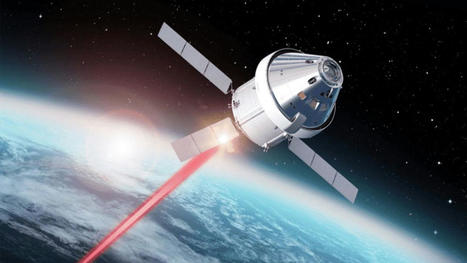

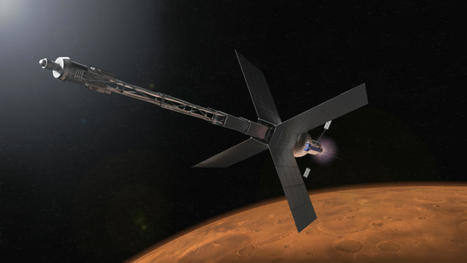
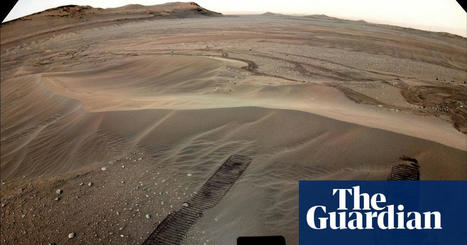

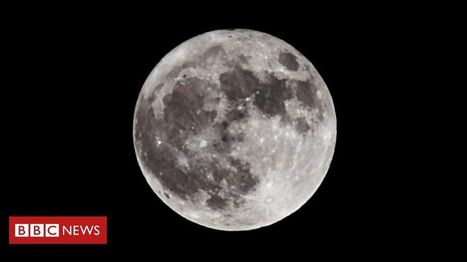

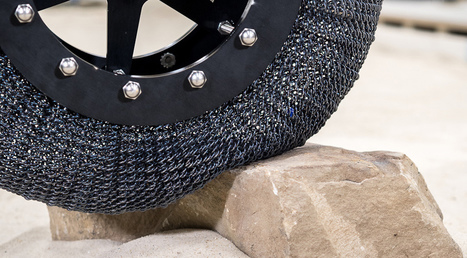


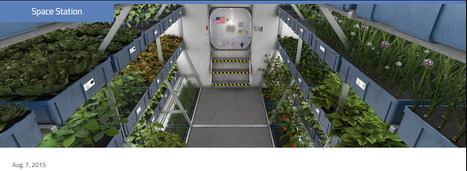




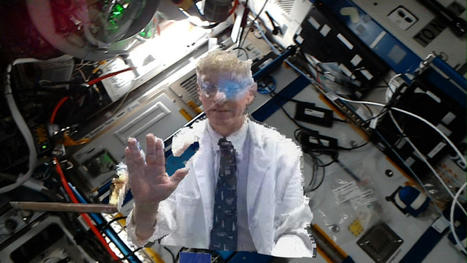
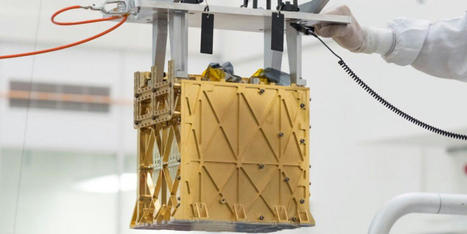
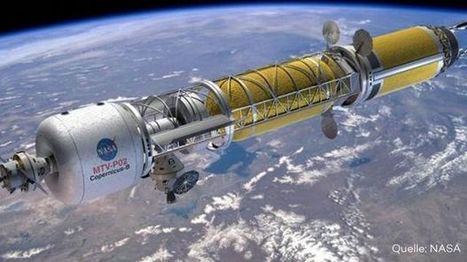
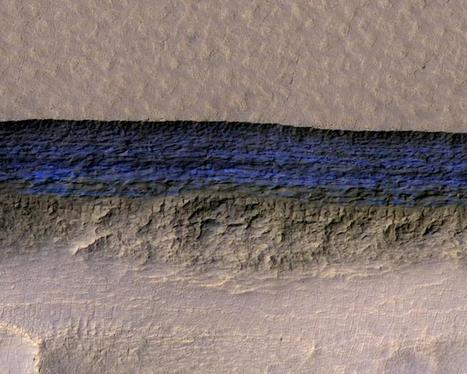
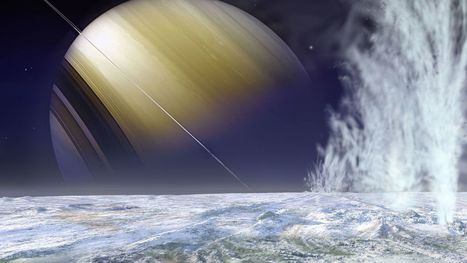
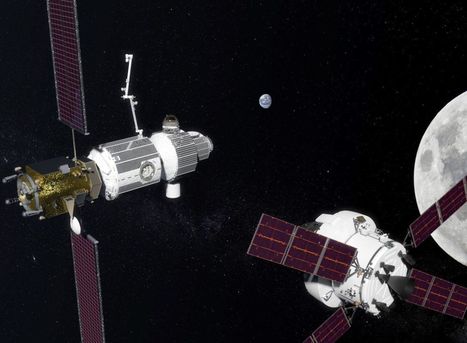

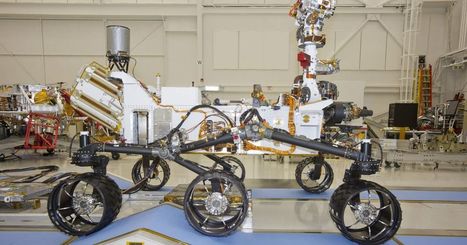

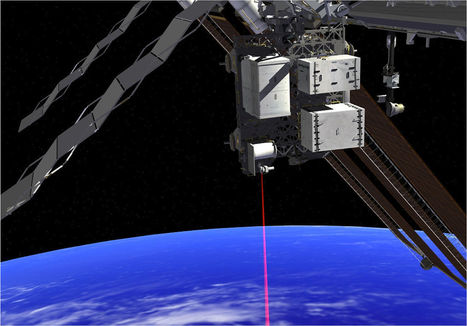





Die Laserkommunikation ermöglicht eine weitaus schnellere Übertragung von Daten aus dem All zur Erde. So wird unter anderem Livestreaming in HD vom Mond aus möglich.
Die Artemis 2 soll per Laser kommunizieren. (Foto: Nasa)
Bisher hat die Nasa das sogenannte Deep Space Network genutzt, um Daten aus dem Weltall zur Erde zu übertragen. Das ist allerdings relativ langsam, weshalb nun eine neue Technologie getestet wird, die auch an Bord der Artemis 2 Liveübertragungen in HD vom Mond ermöglichen soll.
En savor plus / Mehr erfahren / Learn more:
https://www.scoop.it/t/21st-century-innovative-technologies-and-developments/?tag=Moon...
https://www.scoop.it/t/21st-century-innovative-technologies-and-developments/?tag=Space